Shade sails have transformed from rudimentary sun shields into complex architectural features. Originating in ancient Egypt and refined with maritime technologies, modern sails utilize high-performance materials like HDPE and SolaMesh to guarantee durability and effective UV protection . Design advancements, such as hypar configurations , optimize environmental resistance and aesthetic integration. Proper installation, essential for enduring functionality, requires understanding local codes, ensuring robust support structures, and meticulously reinforcing attachment points. Continuous innovations focus on sustainable practices and interactive technologies, further expanding their application in various settings. Further exploration could uncover deeper insights into their versatile benefits and future developments.
Historical Development

Tracing back to ancient Egypt , shade sails were originally developed to provide shade during outdoor gatherings, marking the beginning of their historical evolution. Over the centuries, the basic concept of providing shelter from the sun through fabric expanded greatly. By the 1950s, the adaptation of maritime sail technology for land-based applications marked a pivotal shift. This period saw the transformation of traditional materials into more durable and flexible forms suitable for static installation.
The 1990s heralded a significant milestone with the commercialization of shade sails, reflecting a blend of both functional and aesthetic considerations. These modern iterations were not only designed to offer protection from the sun's harmful ultraviolet rays but also to enhance the visual appeal of outdoor spaces. The introduction of HDPE fabric in the engineering of shade sails was a game-changer. This material, known for its durability, UV resistance , and maintenance ease, propelled the utility and popularity of shade sails, establishing them as a staple in outdoor shading solutions.
The historical development of shade sails showcases a fascinating journey from simple sun shields to sophisticated architectural elements , driven by continuous innovation and adaptation.
Material Choices
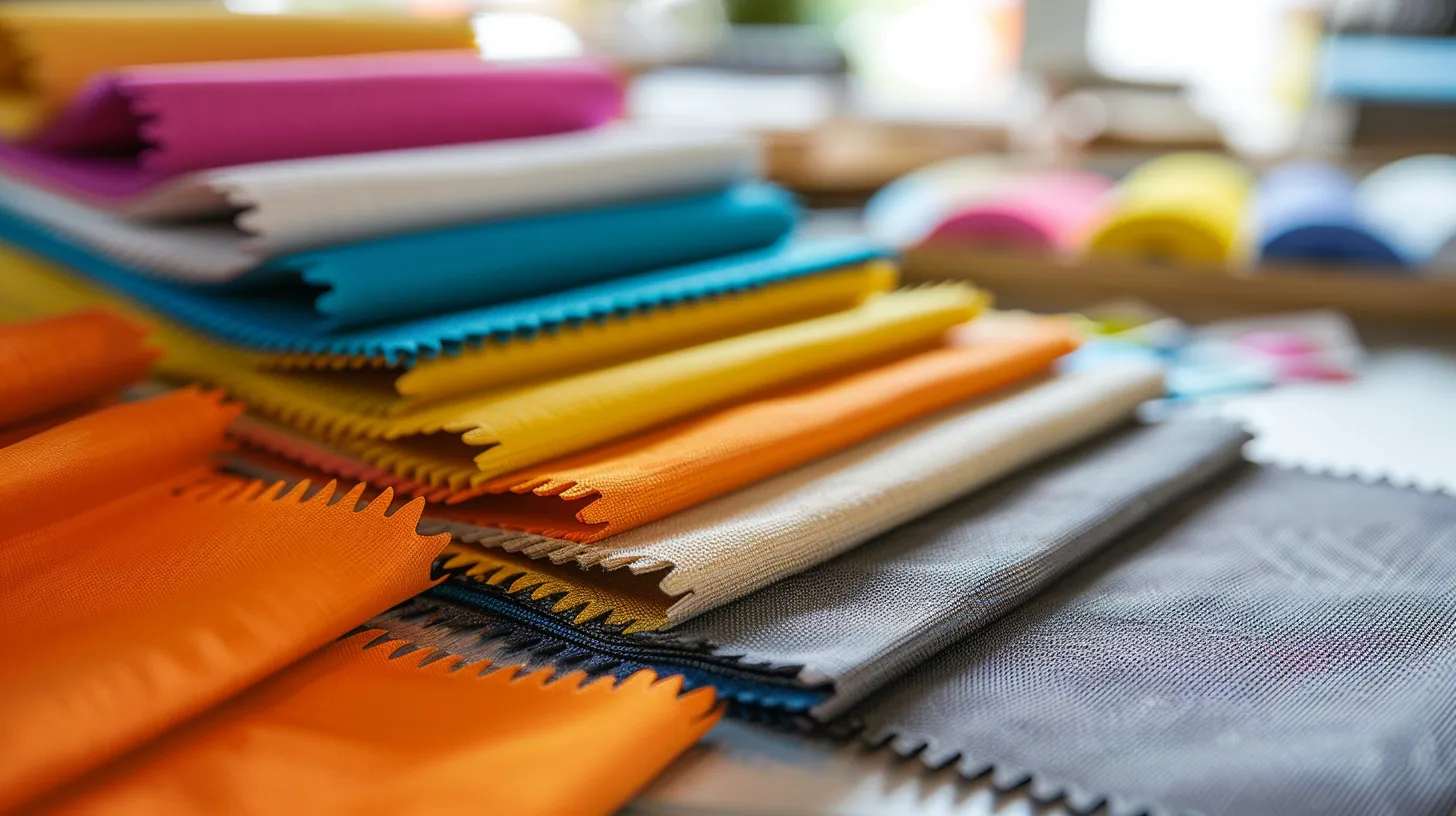
Building on the historical evolution of shade sails, the selection of materials plays a pivotal role in their functionality and durability. High-Density Polyethylene (HDPE) fabric has become a favored choice in the industry, renowned for its resistance to UV degradation and general wear, making it well-suited for prolonged outdoor use. HDPE's robust nature guarantees that shade sails can endure various climatic conditions while retaining their color and structural integrity over time.
Further enhancing the options available, the Commercial NinetyFive 340 fabric is distinguished by its exceptional UV protection and weather resistance , offering an advanced solution for areas exposed to intense sunlight and adverse weather conditions. This fabric is specifically engineered to meet the demands of both residential and commercial environments, providing a reliable shade solution that combines aesthetic appeal with practical functionality.
Additionally, the introduction of SolaMesh fabric has revolutionized material choices in the shade sail market. Known for its specialized mesh design , SolaMesh not only contributes significantly to shading but also facilitates better airflow, making it ideal for environments where ventilation is as essential as sun protection. Together, these materials underscore the importance of selecting the right fabric to maximize the efficacy and lifespan of shade sails.
Design Innovations
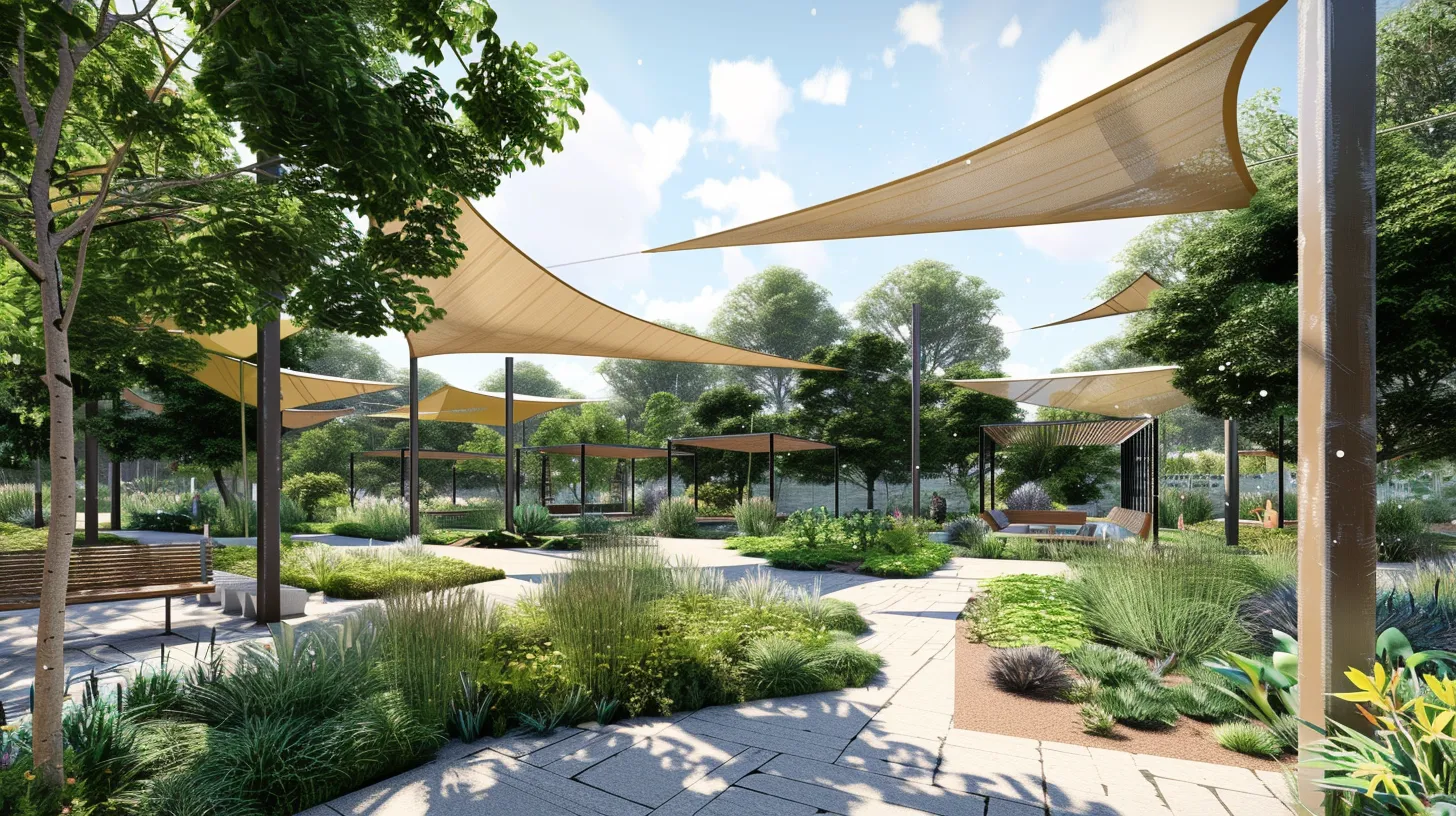
In the domain of shade sails , design innovations have led to the development of three-dimensional shapes like hypar designs , which offer enhanced resistance to wind and rain. This architectural approach not only improves functionality but also contributes notably to the aesthetic dynamics of the environment. Such structures are pivotal in areas prone to harsh weather, making shade sail installation both a practical and visually appealing solution.
Further advancements include the strategic use of multiple squares or rectangles to create a seamless coverage area . This technique is particularly effective in large spaces, where single sails may not suffice. By overlapping these geometric shapes, designers can eliminate gaps, ensuring continuous protection from the sun. Additionally, the incorporation of slanted triangle shade sail designs innovatively addresses water drainage issues , promoting longevity and maintenance ease.
Utilizing a variety of triangles in one installation can cover uniquely shaped areas that other configurations cannot, enhancing the versatility of shade sails. This overlapping installation not only bolsters the functional attributes by providing broader coverage but also enhances the visual appeal, creating intricate patterns and shadows that transform the covered space into a dynamic, aesthetically pleasing environment.
Installation Basics
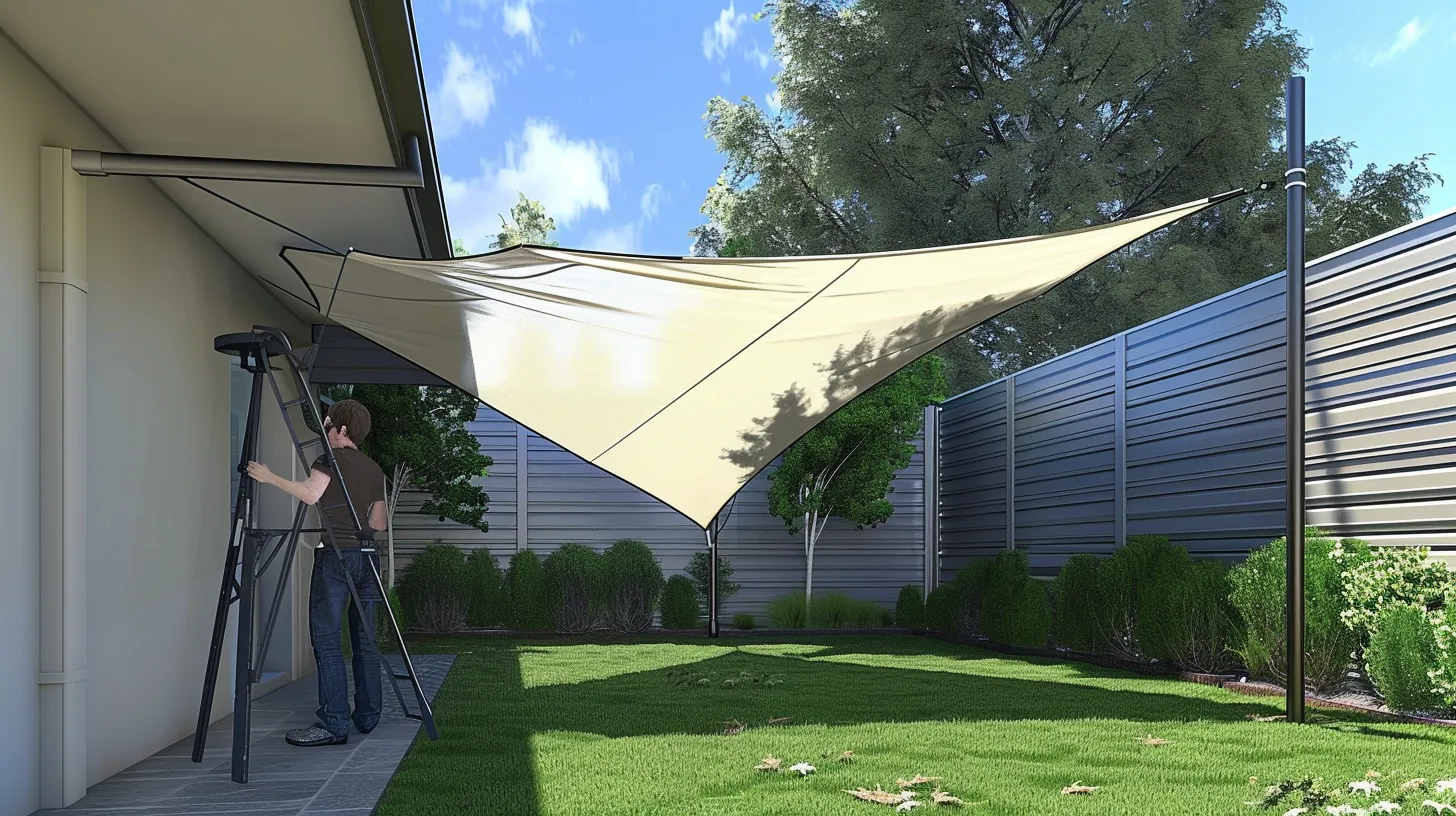
Before starting the installation of a shade sail, it is important to verify local building codes and homeowners association regulations to guarantee compliance. Adhering to these guidelines not only ensures legal conformity but also enhances safety and operational efficiency. Once these preliminary checks are complete, the next step in the installation basics is to consult with a building engineer . This professional can provide essential insights into the necessary support structures based on the specific design and size of the shade sail.
The complexity of installing a shade sail can vary greatly. Factors such as the dimensions of the sail and the chosen layout impact the overall process. For instance, larger sails require more sturdy support to handle increased loads, especially under windy conditions. A key aspect of ensuring the durability and functionality of the installation is the proper reinforcement of attachment points . These points must be securely anchored to handle the tension distributed by the sail. This step is important as it prevents sagging and tearing, thereby extending the lifespan of the shade sail while maintaining its aesthetic appeal and effectiveness in providing shade.
Mounting Options
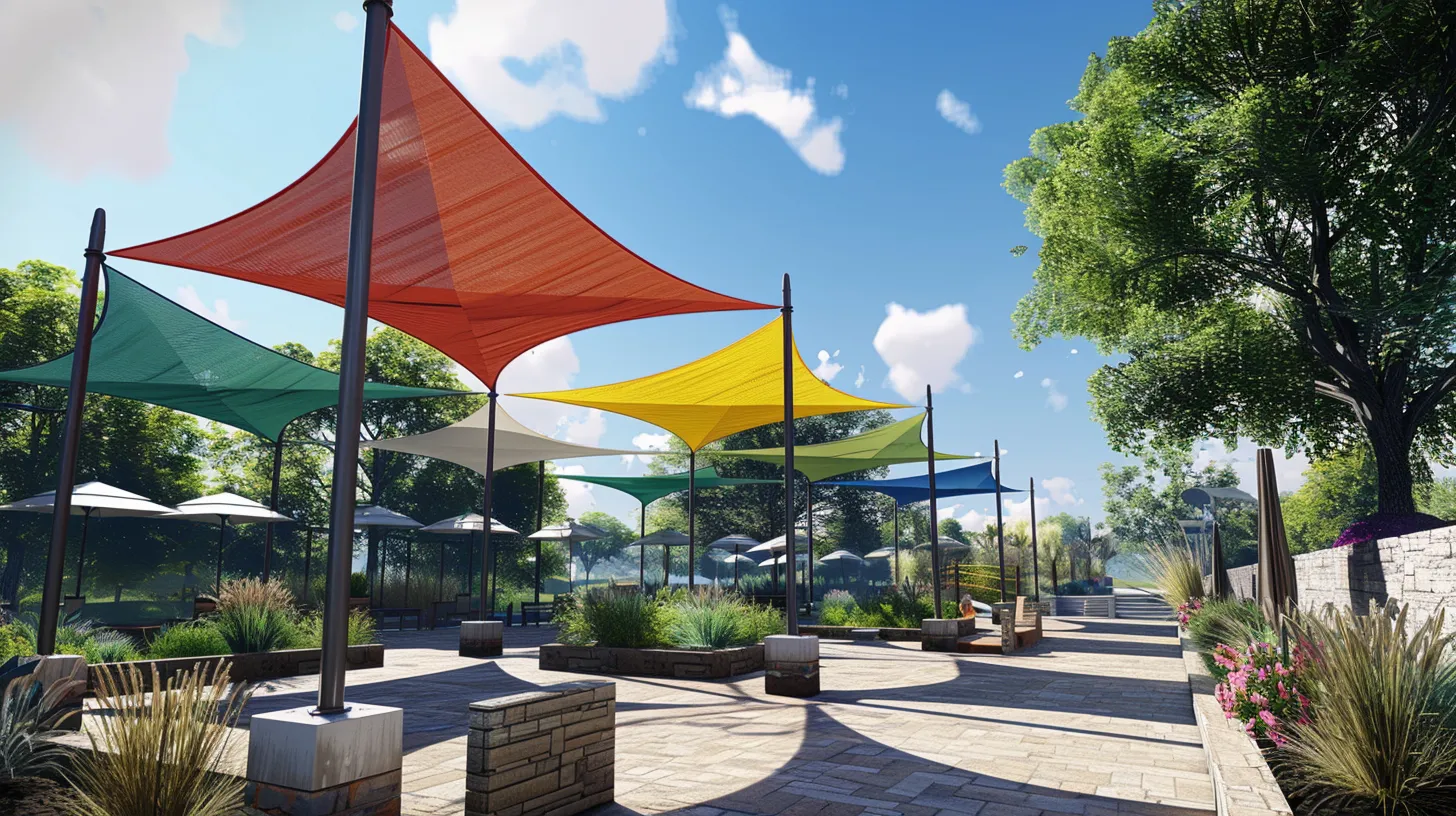
Exploring the various mounting options available for shade sails is important for a secure and effective installation. House mounts and post mounts are two popular approaches, each with specific requirements and benefits.
House mounts are commonly utilized by attaching the shade sail to the fascia board of a house. This method requires the fascia to be reinforced with screws that anchor directly into the rafters. For additional support, especially in areas prone to high winds, L-brackets or hurricane hangers can be employed. This guarantees the shade sail remains stable and secure even under adverse weather conditions.
On the other hand, post mounts involve the use of treated lumber or steel pipes as vertical supports. These posts must be of sufficient length, taking into account both the desired height above ground and the necessary footing depth to ensure stability. It is important to contact utility companies before digging to avoid disrupting underground services. The footings for these posts should be wide and deep, filled with ample concrete to firmly anchor the posts.
In both mounting options, choosing the right hardware like chains, wires, ropes, or steel cables is essential. These materials must be weather-resistant and approved by engineers to withstand the load and tension of the shade sail effectively.
Tensioning Techniques

Effective tensioning techniques are essential for maintaining the structural integrity and aesthetic appeal of shade sails . Properly tensioned sails not only resist sagging but also enhance performance under diverse weather conditions . One of the foundational steps in achieving this is to tension corners uniformly. This can be accomplished through methods such as hand tightening, using ropes, or employing ratchet straps, which help distribute strain evenly and stave off potential damage.
Equally critical is the principle of equal tension distribution across all anchor points . This uniformity guarantees that the shade sail remains secure and durable over time. The use of turnbuckles is particularly advantageous in this aspect. Turnbuckles allow for precise adjustments , enabling the installer to fine-tune tension levels. This results in a taut installation that not only functions effectively but also maintains its visual appeal.
Incorporating these tensioning techniques minimizes the risk of wind damage , extending the lifespan of the shade sail. By focusing on meticulous tensioning practices, installers can ensure that the shade sails perform at their best, remain visually attractive, and uphold their designed purpose without frequent adjustments or repairs.
Maintenance and Care
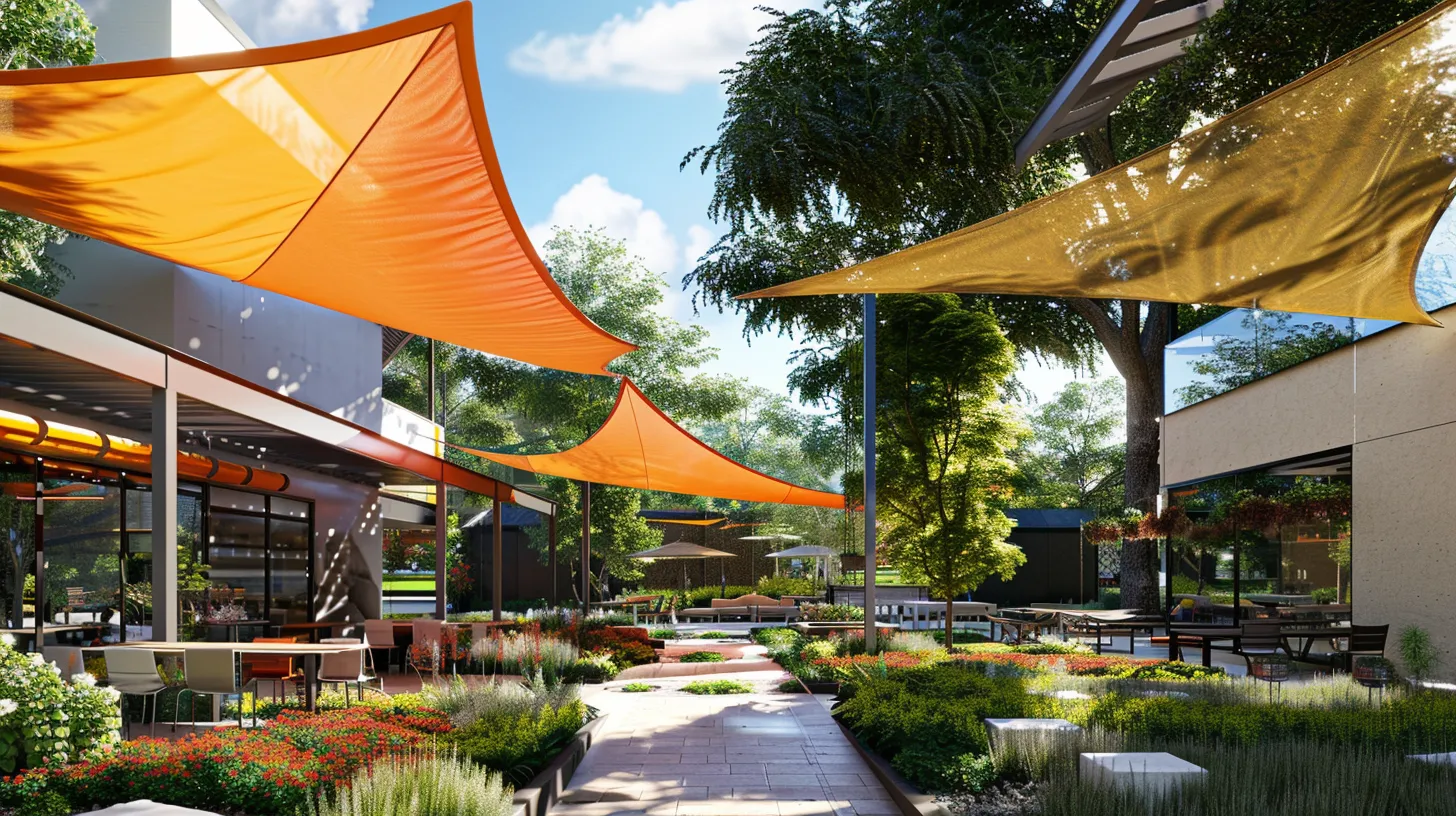
To guarantee the longevity and peak performance of shade sails, regular cleaning with mild soap is essential to remove dirt and debris. This not only preserves the aesthetic appeal but also maintains the fabric's UV protection capabilities, shielding the material from harmful ultraviolet rays that can degrade fibers over time. Handling wear and tear promptly is important.
Inspecting for fraying fabric or loosening hardware should be a part of routine maintenance checks . These inspections can reveal early signs of deterioration, allowing for timely repairs that extend the life of the shade sail.
The installation process plays a foundational role in the durability of shade sails. Ensuring that all attachment points and supporting hardware are securely installed minimizes stress on the fabric, thereby reducing the potential for damage. Moreover, it is advisable to dismantle shade sails during severe weather conditions . This preventive measure avoids undue stress and potential tearing from high winds or heavy snow.
Lastly, proper storage is essential . When not in use, shade sails should be stored in a dry, cool place away from direct sunlight and environmental elements. This practice prevents unnecessary degradation and prepares the shade sail for efficient re-installation and use in future seasons.
Usage and Applications
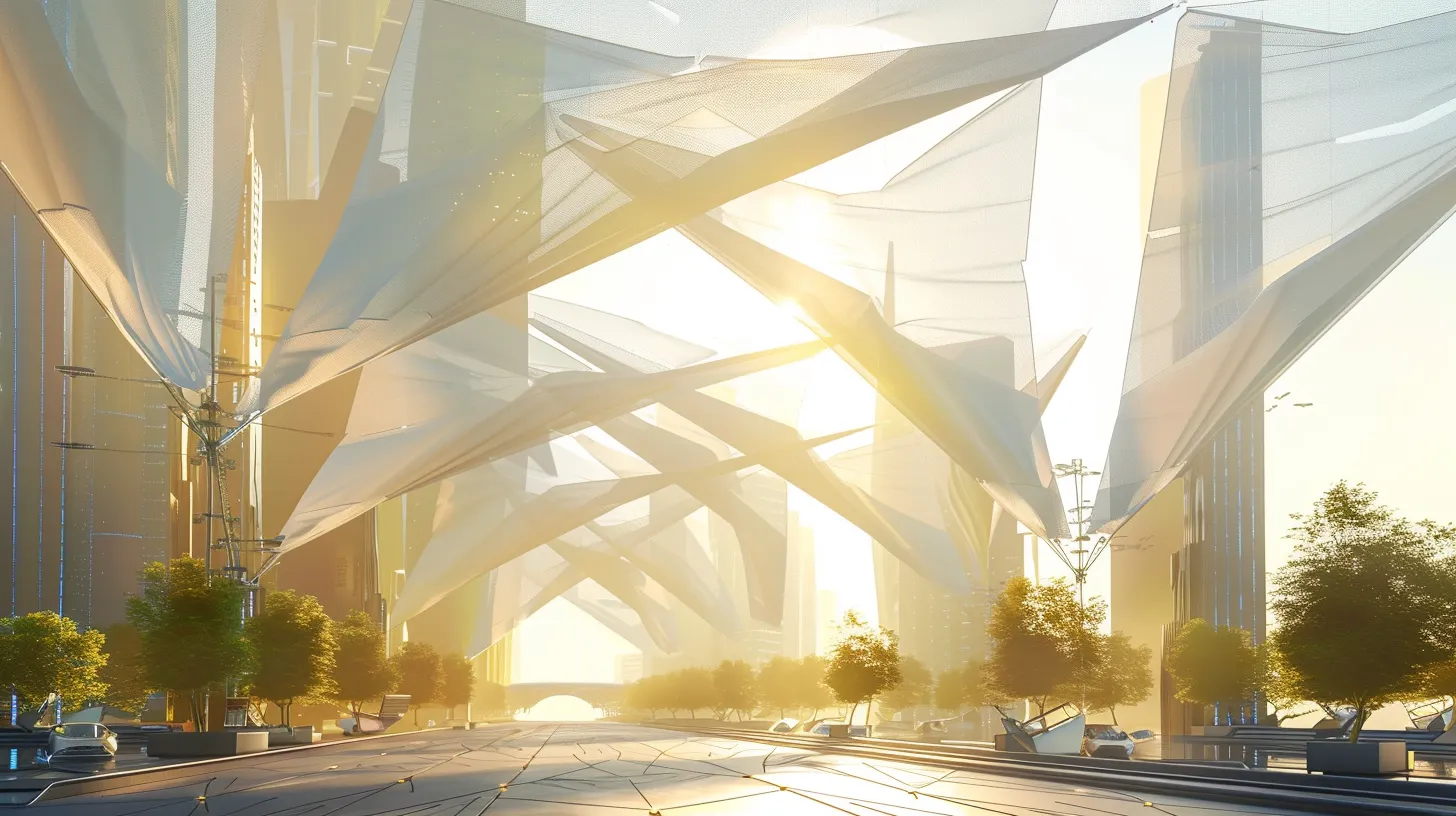
Shade sails play a vital role in enhancing user experiences in numerous outdoor settings, guaranteeing long-term UV protection and comfort for outdoor activities . The robust engineering behind these structures ensures they hold up against different weather conditions, maintaining both their functionality and visual appeal over time. Schools and sports facilities particularly benefit from this durability, as it secures long-term UV protection and comfort for outdoor activities. The adaptability of shade sails allows for customization in various shapes and sizes, catering to specific architectural desires and functional requirements. This adaptability is essential for meeting the diverse needs of spaces like sports facilities and parks, where extensive coverage may be necessary.
In commercial settings , such as outdoor dining areas and parking lots, shade sails not only protect customers and vehicles from UV rays but also elevate the overall ambiance of the space. The adaptability of shade sails allows for customization in various shapes and sizes, catering to specific architectural desires and functional requirements. This versatility is crucial for meeting the diverse needs of spaces like sports facilities and parks, where extensive coverage may be necessary.
Shade sails serve as multifunctional structures , widely integrated into various settings to offer both UV protection and aesthetic enhancement in outdoor environments. Commonly deployed in both residential and commercial areas, these sun shade sails are essential for creating comfortable and safer outdoor spaces . They effectively shield patios, playgrounds, and pool areas from the harsh effects of sunlight, while simultaneously adding a modern touch to the landscape.
Future Trends
As the demand for outdoor comfort increases, future trends in shade sails are set to revolutionize the industry with innovations in fabric technology and design. Advanced fabric technology is being developed to enhance durability while providing superior UV protection , meeting the growing consumer demand for products that offer health benefits and longevity. These technological advancements also include the integration of sustainable materials , such as recycled fabrics and other eco-friendly options, reflecting a shift towards environmental responsibility in shade sail construction.
Moreover, the industry is witnessing a surge in automated shading solutions . This includes the incorporation of smart technology that enables shade sails to adjust automatically based on real-time weather conditions, enhancing user convenience and efficiency. Innovations such as color-changing fabrics and interactive designs are also emerging, offering customization options that cater to diverse aesthetic preferences and functional requirements.
These developments not only promise to improve the quality and functionality of shade sails but also aim to redefine how outdoor spaces are experienced. By embracing these future trends, the industry is poised to meet the evolving needs and expectations of consumers, ensuring that shade sails remain an essential component of modern outdoor living spaces.










